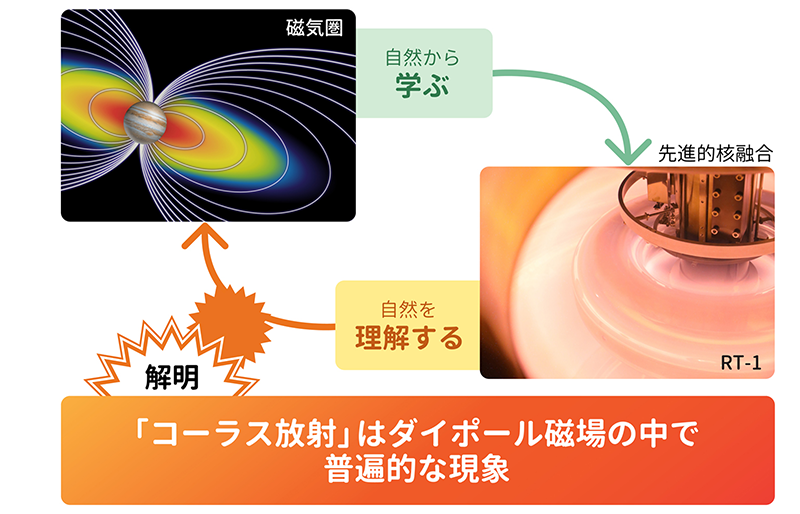2024-02-15 ワシントン大学セントルイス校
◆この研究は、微量金属の環境への動向をよりよく予測するのに役立ち、農地や庭園の土壌に添加された微量金属栄養素が数か月後には効果が低下する可能性があることを示唆しています。
<関連情報>
- https://source.wustl.edu/2024/02/the-ties-that-bind/
- https://pubs.acs.org/doi/10.1021/acs.est.3c06516?ref=pdf
イオンサイズによって制御される微量金属の針鉄鉱への不可逆的結合 Irreversible Trace Metal Binding to Goethite Controlled by the Ion Size
Greg J. Ledingham, Yihang Fang, and Jeffrey G. Catalano
Environmental Science & Technology Published:January 17, 2024
DOI:https://doi.org/10.1021/acs.est.3c06516
Abstract

The dynamics of trace metals at mineral surfaces influence their fate and bioaccessibility in the environment. Trace metals on iron (oxyhydr)oxide surfaces display adsorption–desorption hysteresis, suggesting entrapment after aging. However, desorption experiments may perturb the coordination environment of adsorbed metals, the distribution of labile Fe(III), and mineral aggregation properties, influencing the interpretation of labile metal fractions. In this study, we investigated irreversible binding of nickel, zinc, and cadmium to goethite after aging times of 2–120 days using isotope exchange. Dissolved and adsorbed metal pools exchange rapidly, with half times <90 min, but all metals display a solid-associated fraction inaccessible to isotope exchange. The size of this nonlabile pool is the largest for nickel, with the smallest ionic radius, and the smallest for cadmium, with the largest ionic radius. Spectroscopy and extractions suggest that the irreversibly bound metals are incorporated in the goethite structure. Rapid exchange of labile solid-associated metals with solution demonstrates that adsorbed metals can sustain the dissolved pool in response to biological uptake or fluid flow. Trace metal fractions that irreversibly bind following adsorption provide a contaminant sequestration pathway, limit the availability of micronutrients, and record metal isotope signatures of environmental processes.



